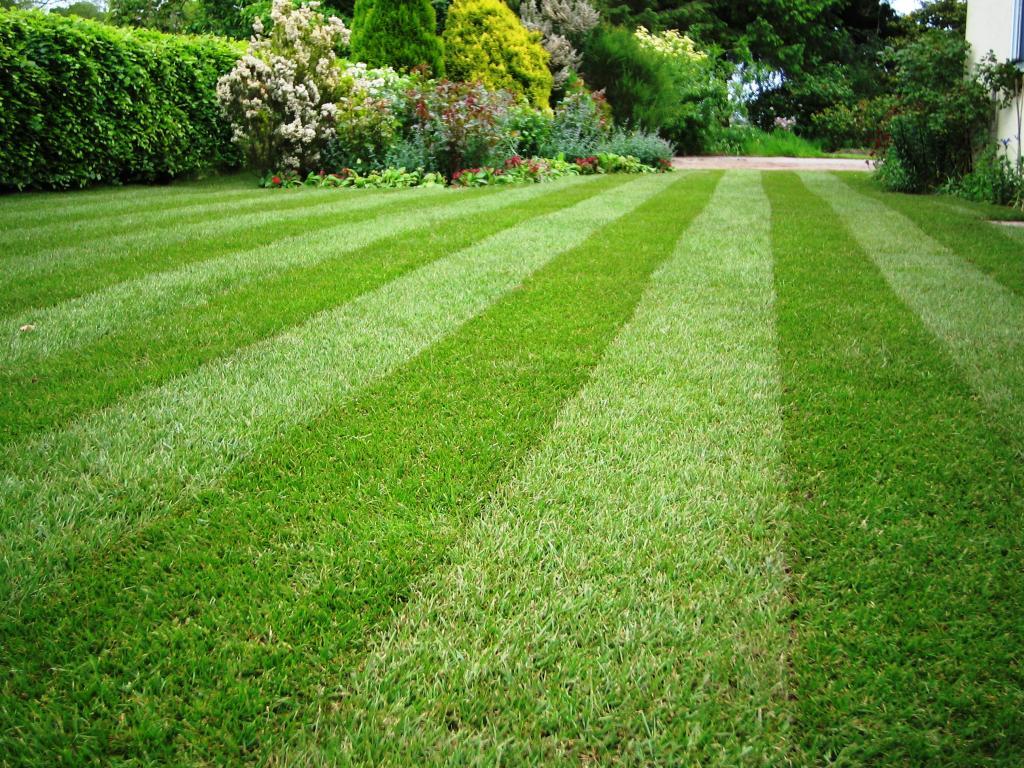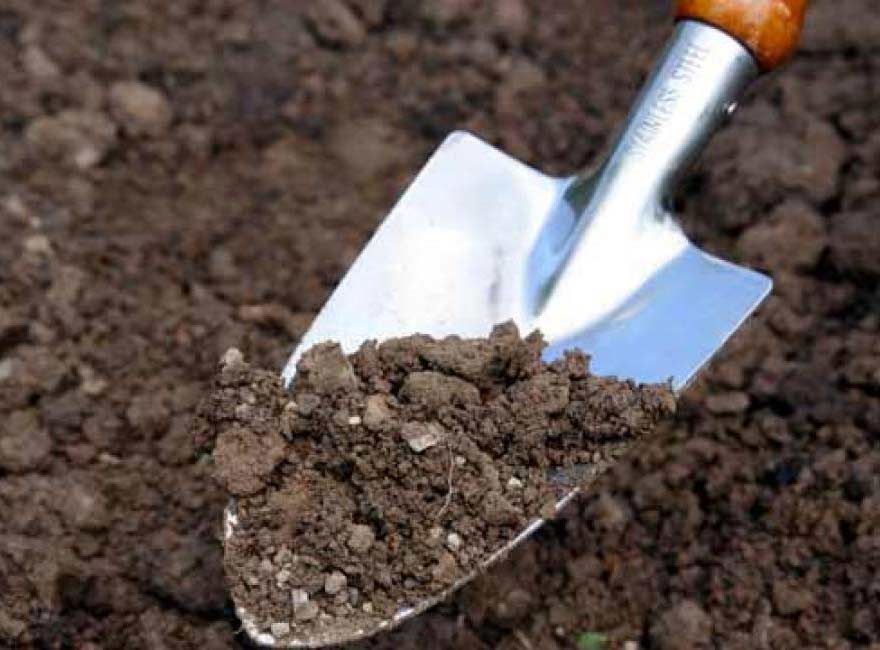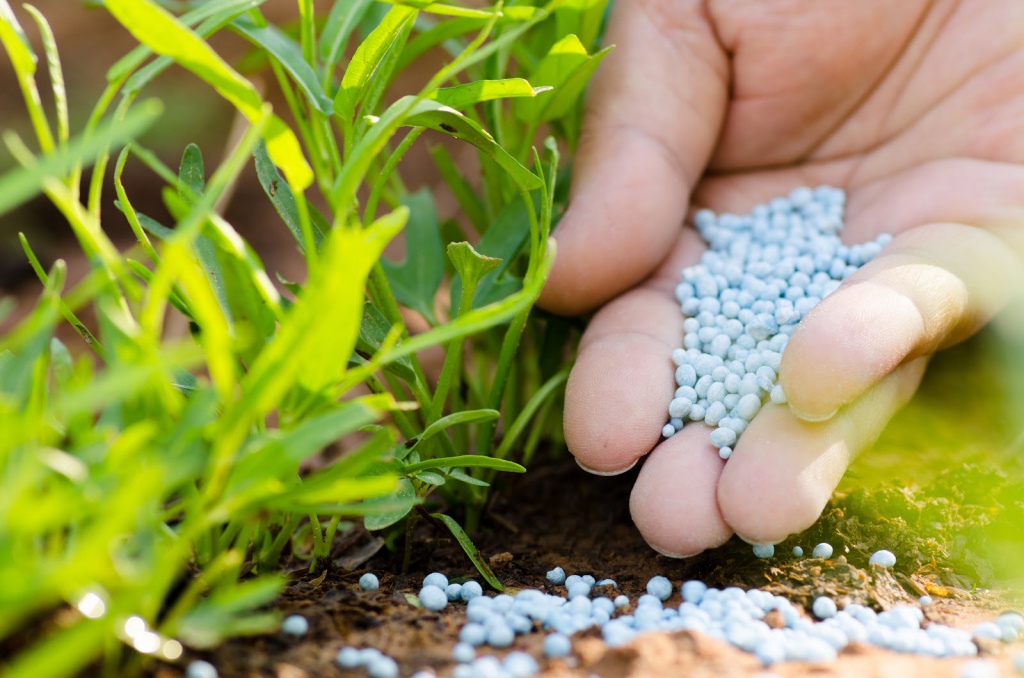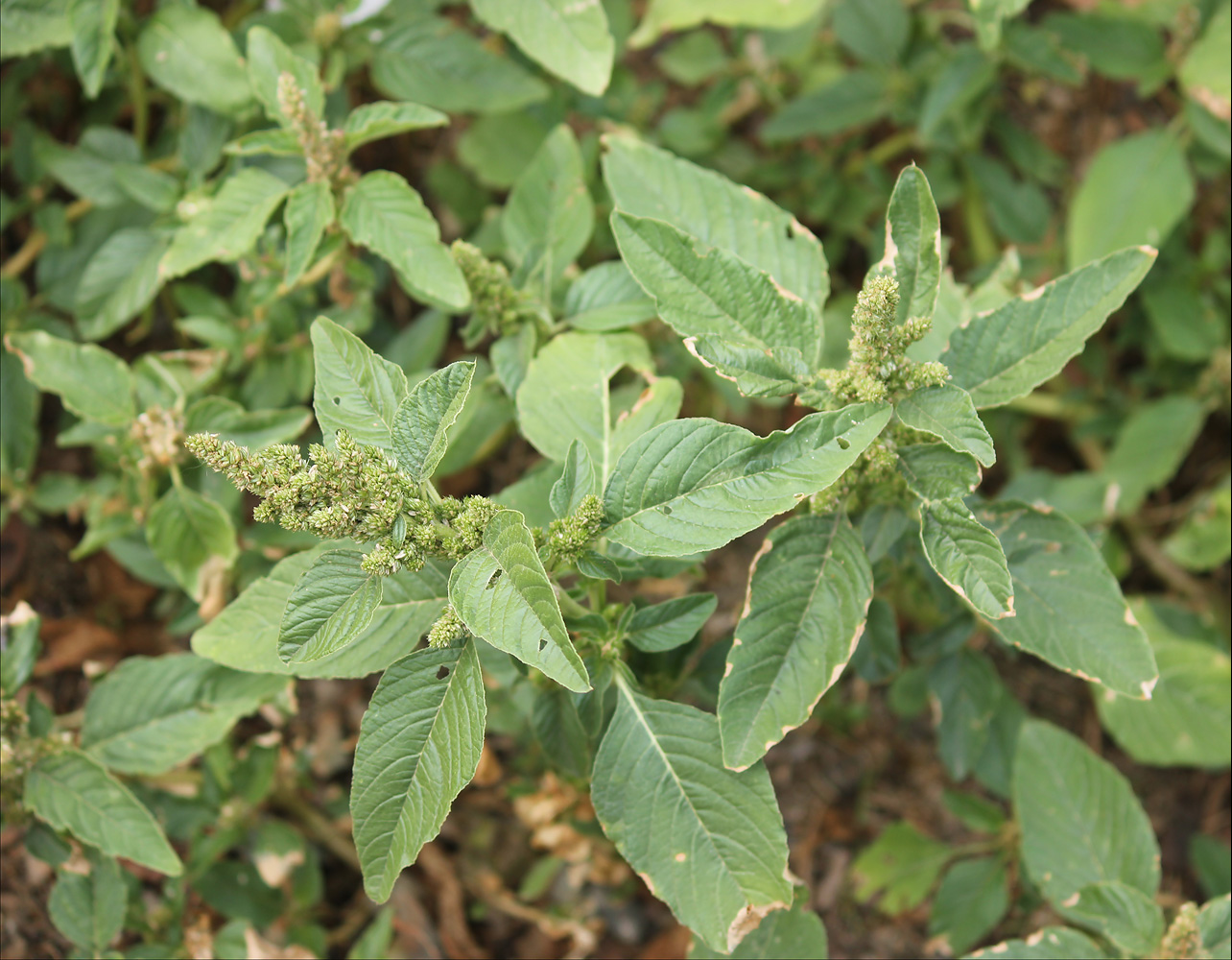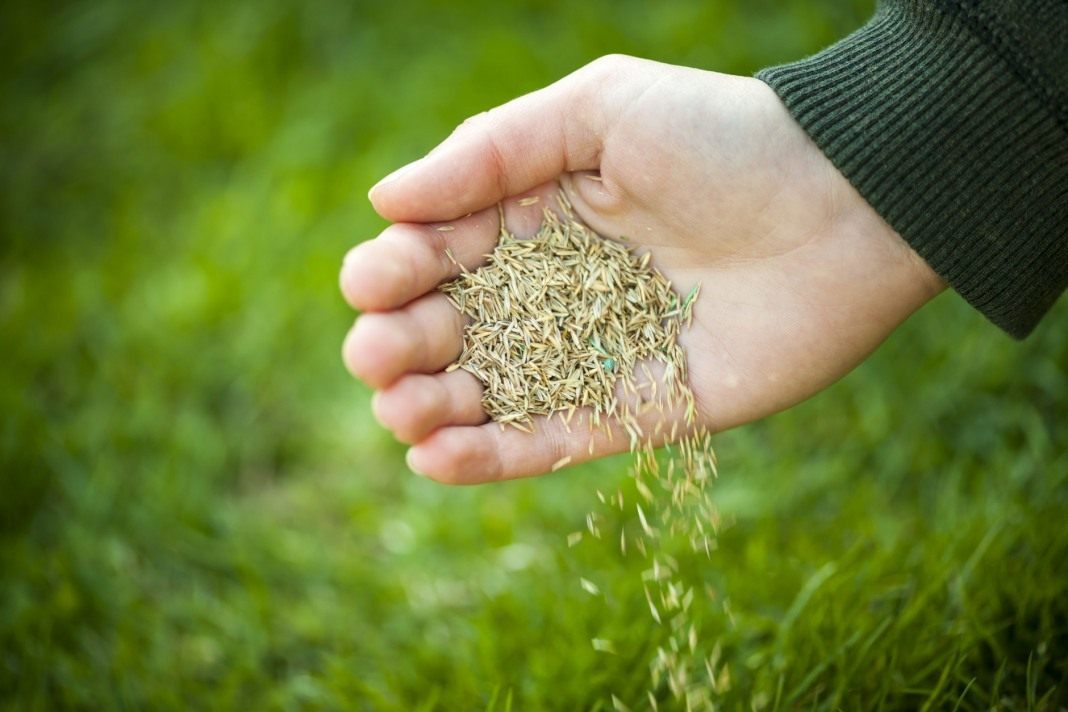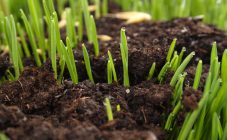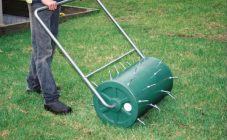Content:
A plot with a beautiful summer cottage may look unfinished if there is an area overgrown with weeds around it. And a house surrounded by a well-groomed lawn will look completely different. Despite the fact that it takes a lot of effort and time to grow it, the end result exceeds all expectations. Against the background of the silky green "carpet", even the flower beds will sparkle with new colors.
Features of growing a lawn and preparation for planting
Growing a lawn is not that difficult, but it should be given a lot of attention. It is necessary to water, remove weeds, and also apply top dressing for the lawn.
When can you sow your lawn? Sowing the lawn is best done in spring or autumn. It can be sown in summer, but only under optimal climatic conditions for seed germination.
Preparing a site for planting a lawn
In order for the lawn to have a decorative look, the area on which it will be located should be properly prepared. The preparation of the territory for planting a lawn consists of the following:
- garbage collection;
- removal of plant residues;
- uprooting large trees or shrubs that grow on the lawn.
Then the site should be dug to the depth of the shovel bayonet. And to make it easier to deal with parasites and take care of the lawn, you need to carry out chemical treatment of the site in advance. If the territory has been abandoned for a long time, it is better to do the disinfection twice.
If the soil on the site is too wet, you need to build a drainage system there. To do this, remove the top fertile layer of soil with a shovel and throw it aside. The cleaned area must be tamped and covered with pebbles (if it is not there, you can use broken brick) - this layer should be about 20 cm, on top of it you need to pour a layer (10 cm) of coarse sand. Then all this should be leveled, while making a slope towards the paths or drainage pit. After leveling, the fertile soil layer must be moved back.
When is the best time to plant a lawn - planting a lawn in spring
The main advantages of spring planting can be considered that by winter the lawn will be strong and stable. But for the spring grass mixture, more maintenance is required: trimming, removing weeds that grow very quickly, and it will also be necessary to provide protection from parasites and carry out other maintenance operations.
The soil should be rich in minerals and have a composition suitable for lawn grass, if necessary, sand, peat and lime will need to be added there.
You should start preparing for the spring planting of the lawn in the fall. Then there will be enough time to clear the area of weeds, dig up and compact the soil, as well as apply nitrogen fertilization. But if the decision to grow a lawn came with the onset of spring, then it is worth starting the first work immediately after the snow melts. The process of preparing the soil for planting is carried out in the same way both in spring and in autumn.
You can start sowing a lawn in central Russia and Siberia in March - early April. Pre-cooked grains need to be sown into the soil. And to keep moisture in the soil, you should "roll" it. If everything is done correctly, then the grass can begin to appear in two weeks, and by summer it should completely cover the ground. The grass stand needs to be cared for: moisten and mow the lawn, apply top dressing and loosen the soil, fight weeds and parasites on the site. If you take care of the lawn correctly, then it will decorate the backyard area before the arrival of frost.
Watering is best done early in the morning or in the evening, as the sun evaporates faster during the day and the plants do not have time to get enough. The lawn needs to be watered drip - this will not harm the stems and will not wash the soil. It is rather difficult to determine the amount of watering, the lawn should be watered abundantly, but puddles should not appear on it.
In addition to regular irrigation and mowing of the lawn, it is also necessary to apply fertilizers, both mineral and organic, especially young grass. If you use complex fertilizers, you can improve the color of the grasses: it will become more saturated and the structure of the lawn will be denser.
During the warm season, you need to feed the lawn grass with nitrogen fertilizers. They do this in 3 steps:
- in early spring, after the snow melts
- when the grass starts to grow
- in the middle of summer.
Fertilizers should be spread evenly over the lawn area. To do this, you can use a mechanical seeder into which the granules are poured. Then the lawn is watered with water until the granules are completely dissolved. In places where they do not dissolve, the grass may turn yellow.
It is best to fertilize when the grass is not wet, but the soil is still wet. So it is better to do this operation before rain or after watering, but only when the grass dries up so that it does not get burned by fertilizers. During prolonged droughts, no fertilizing should be added. If after applying fertilizers for about 3 days there is no rain, you need to water the lawn yourself so that the fertilizing is dissolved and absorbed.
If the lawn is small, you can dissolve the fertilizer and water from a watering can, but this must be done evenly.
Planting a lawn in autumn
You can plant a lawn in the fall, but you should adhere to the following rules:
- preparation of the soil should be done in the summer, carefully leveled and tamped;
- a week before sowing, you need to scatter complex fertilizing with nitrogen content over the site;
- it is necessary to level the area using a rake;
- sowing should be done on a windless day, while the seeds must first be sifted along the territory, and then across, scattering them manually in a fan so that they lay down evenly;
- then using a rake you need to deepen the seeds into the ground;
- then you need to pour a thin layer of peat and "walk" with a roller, otherwise the seeds may scatter;
- then the lawn is watered using the sprinkler method.
Since it rains frequently in the fall, the lawn does not require regular watering. It will only be required during a drought.
Advantages and disadvantages of autumn lawn planting
To decide when is the best time to sow your grass, you need to carefully consider the pros and cons of planting your lawn in the fall.
The pluses include:
- After the period of harvesting the garden crop, there is enough time to take care of the lawn, moreover, during the summer season, the main agrotechnical works were carried out, which means the site is ennobled and well-groomed.
- Weeds hardly grow at this time. Thanks to this, the shoots of the lawn grass will develop faster.
- Grass planted in late fall will begin to develop rapidly with the arrival of spring, making it harder for weeds to germinate on the lawn.
But there are also disadvantages:
- It is difficult to choose grass mixtures. You should choose only seeds of those varieties whose fragile roots will not freeze in winter.
- If there is little rainfall in winter, you will need to independently insulate the soil on the territory. For example: pour peat and put spruce branches on top of it.
- As a result, the appearance of the lawn will be difficult to change. Only after the grass sprouts in the spring, it will be clear what happened in the end.
- Restrictions associated with the terrain: if the site is located at a slope, then sowing seeds there in the fall is pointless, since in the spring the melt water will wash out most of them.
Sowing seeds in August
Planting a lawn in August is convenient for those whose plot is not ready for planting a lawn by the spring. It will take a long time to prepare the site, but if it is ready by the beginning of summer, you should postpone sowing until autumn arrives - at this time, conditions are more suitable for grass growth.
The time for sowing should be chosen so that at least 40 days remain before the onset of frost. This period will be enough for the seeds to rise, and the plants will reach the required height, and the roots will have time to get stronger. In the middle lane and the Moscow region, the lawn is planted in September. It is advisable to complete sowing work before September 10, the most recent date is September 25. If the planting is carried out later, the plants will not have time to get stronger and will die.
So planting seeds can be done in August, the plants will have enough time to get stronger for winter.
Sowing a lawn before winter
Most of the summer residents begin to start sowing after a slight freezing of the soil occurs. This sowing method is called podzimnim. It is distinguished from the autumn one by the fact that sowing takes place in November. The seeds are planted before the snow cover forms.
The main advantage of this sowing is that the lawn grass grows very actively in spring. If you choose this option, you can get a beautiful lawn already next year. But this option is not suitable for areas with a slope, as mentioned earlier, the seeds can simply be washed off.
When is the best time to sow the lawn: in spring or autumn - it is not so important. Each method has its own advantages and disadvantages. If you sow the lawn correctly and pay due attention to it, then a green decorative carpet will adorn your garden plot for a long time.
